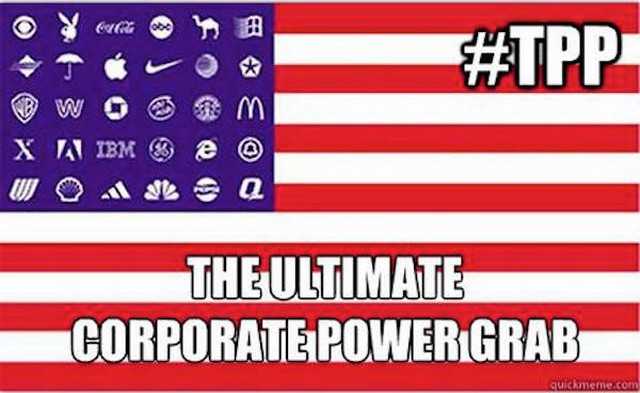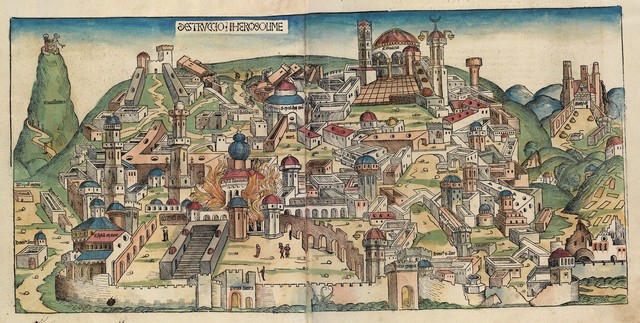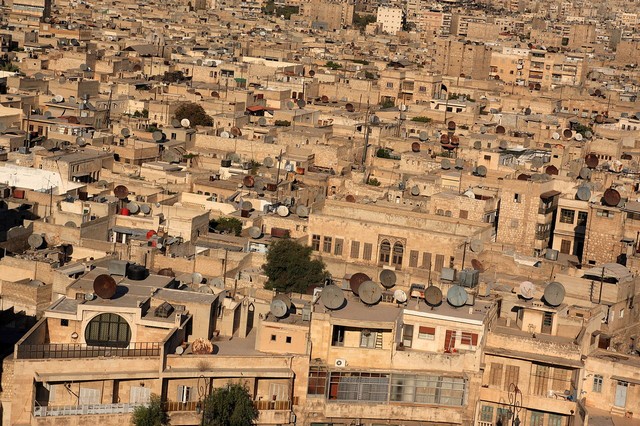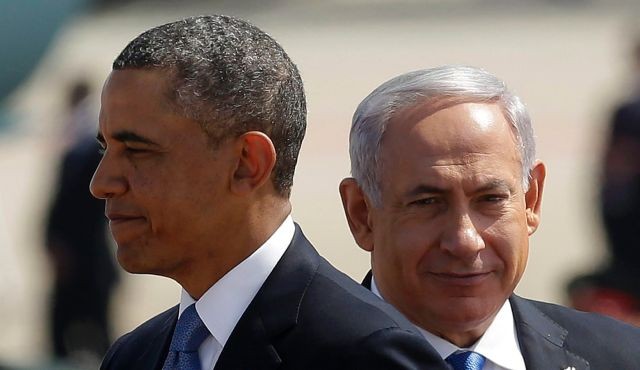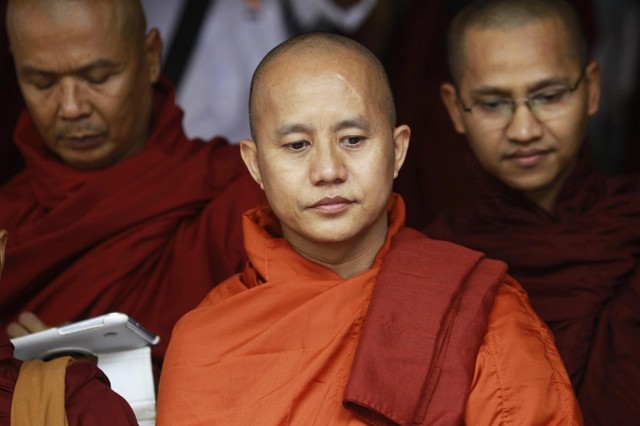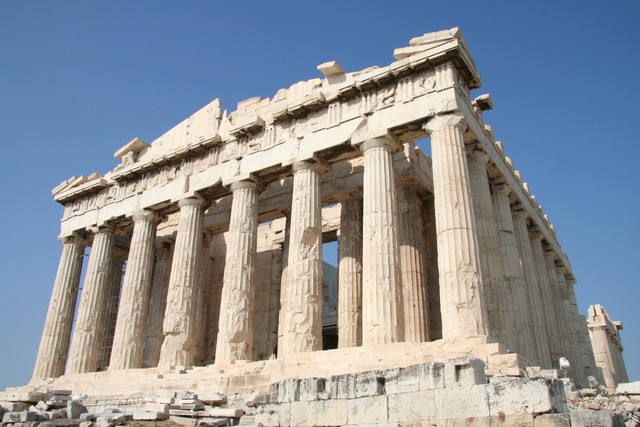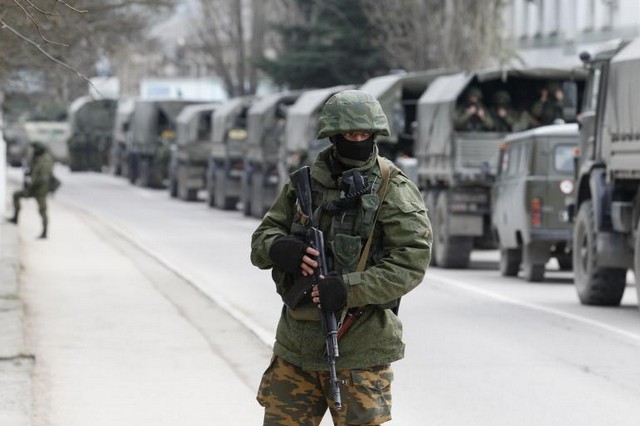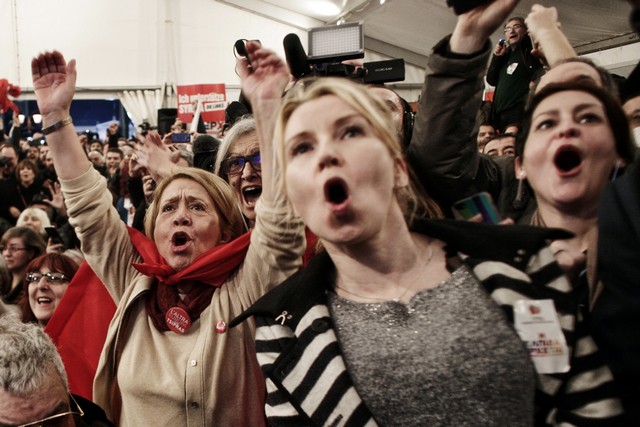By Kevin Zeese and Margaret Flowers
The ‘Movement of Movements’ against Fast Tracking the TPP has the power to win
Since the President’s State of the Union message where he announced his plan to push corporate trade agreements and seek Fast Track trade promotion authority, the movement against Fast Track, the Trans-Pacific Partnership (TPP) and globalized trade has grown. Instead of the bump in support that Obama expected after the State of the Union, opposition has increased inside Congress and in the grass roots.
Indications are that we are winning, and if we continue to mobilize over the next two months, we will win.
Mobilization
Before the President’s speech there was already a large movement organized from across the political spectrum to oppose Fast Track and stop corporate trade agreements.
When we took action on Capitol Hill this week, we did so as part of a larger campaign to stop Fast Track. The US Trade Rep Michael Froman testified before the House and Senate. It was essential for him to be confronted at these hearings because he has consistently misled the Congress and the people. There are multiple false statements to dissect, but his latest is the claim that Fast Track will give Congress the power to shape the negotiations. This is a laughable lie since the negotiations have been carried on in secret for most of Obama’s Presidency. How can Congress shape negotiations that Froman claims are near completion?
The truth is that Fast Track removes Congress from the equation. It allows the President to sign trade agreements before sending them to Congress for a brief review of thousands of pages of documents; without committee hearings and only brief debate on the floor. Then Congress has an up or down vote with no amendments. Under Fast Track, Congress would be unable to fulfill its responsibilities under the Commerce Clause to regulate trade. It is also a tremendous grant of power to President Obama.
After the President’s speech there was a protest at a town hall of Oregon Senator Ron Wyden. Wyden is a key player as the ranking member of the Senate Finance Committee. He has played both sides of the debate and the movement needs to monitor him closely and hold him accountable. If he cannot reach agreement with Finance Chairman Orrin Hatch, then Fast Track is unlikely to pass the Senate. This week Senator Grassley said that currently they don’t have 60 votes in support of Fast Track and therefore it could not pass a filibuster. If Wyden demands that Congress sees the text of the TPP and has true involvement in the negotiations before they are finalized, then he and Hatch will not reach agreement and the Republicans will have to go it alone.
In the House there are even more challenges for Fast Track. Chuck Porcari of the Communication Workers (CWA) writes:
“House Speaker John Boehner has said that the White House needs to deliver at least 50 House Democrats if Fast Track has any hopes of passing, especially now that the White House is trying to whip together 80 Democrats in the House and New Democrat Coalition is trying to cobble together at most 40 votes. . . . According to a story by Inside U.S. Trade, ‘one informed source questioned whether the New Democrats actually have an idea of which lawmakers will provide the 40 ‘yes’ votes they are seeking.’”
When the TPP negotiators met in New York City this week, people showed up to protest the negotiations despite a winter blizzard. The protests were organized by Trade Justice New York and included the Teamsters, 350.org NY, International Brotherhood of Electrical Workers, Fight for the Future, Food and Water Watch, Veterans for Peace, Citizens for Safe Energy, Popular Resistance and a host of other organizations. Despite snow, the crowd was too large to stay in front of the Sheraton and police forced them across the street. After the protest, they marched to protest Senator Chuck Schumer, a member of the Finance Committee and the Democratic Party leadership in the Senate.
In the first week after the President’s speech there were 10,000 phone calls opposing Fast Track made to Congress, according to Arthur Stamoulis of Citizens Trade Campaign. These phone calls will continue to escalate. We urge people to call; go to StopFastTrack.com which will contact your legislator for you and provide you with talking points. Phone calls make a difference when tied to a campaign that includes on-the-ground protests, meetings with congressional representatives and media work. We know that this movement can generate tens of thousands of calls and are confident it will do so again.
NAFTA has changed the Politics of Trade
There are many differences between the debate over trade today and the 1990s era debate over NAFTA. The major difference now is people know that corporate trade agreements favor transnational corporations but undermine people and the environment. At the same time, politicians know they are risking their political careers by supporting corporate trade agreements.
In Trade and Consequences: Dems Forget Political Impact of NAFTA, the author reminds us that:
“From the get-go, the pursuit of NAFTA was damaging to Democrats . . .With pro-labor and pro-environment congressional Democrats lined up against business oriented New Democrats in their own caucus and the White House . . . when the elections came around, Clinton’s advocacy of NAFTA seriously hurt the Democrats.”
The political fall-out from NAFTA was severe. In 1994 there was a tremendous backlash to the policies of Bill Clinton. The result was a 54-seat swing in membership from Democrats to Republicans. For the first time since 1952, Republicans gained a majority of the House. Democrats have still not recovered from this electoral slaughter. But, Republicans should realize that if they go it alone on Fast Track, the Democrats will reap the political benefit from these trade agreements which always lose jobs, expand the wealth divide and increase trade deficits.
The political winds on corporate trade have been blowing strongly negative in recent years. In a 2008 Gallup Poll, 53% of Americans said that NAFTA had a primarily negative effect on the economy; only 37% said the effect had been positive. As a result President Obama took an anti-NAFTA campaign stance saying “NAFTA and its potential were oversold to the American people” and promised to “fix” the agreement so it “works for American workers.” Obama claimed he would seek renegotiation of NAFTA to include more rigorous labor and environmental stipulations. Now, he is negotiating even worse deals in the Trans-Atlantic and Pacific partnerships.
By December 2012 polling indicated “U.S. public opinion has intensified from broad opposition to overwhelming opposition to NAFTA-style trade deals,” citing
“U.S. respondents who believe that the United States should ‘renegotiate’ or “leave” NAFTA outnumbered by nearly 4-to-1 those that say the country should ‘continue to be a member’ (53 vs.15 percent). Support for the ‘leave’ or ‘renegotiate’ positions dominated among Republicans, Independents, and Democrats alike.”
The 2012 presidential campaign played on these views; spending “an unprecedented $68 million—about $34 million each—in ads attacking more-of-the-same trade policies. Trade-themed presidential ads aired an estimated 83,000 times in 2012, more than twice the number of trade-related airings in 2008.”
Perhaps more importantly for the current debate in Congress, in the 2012 congressional elections, 57% of candidates in competitive races campaigned against trade deals:
“Out of more than 125 paid ads used by congressional candidates across 30 U.S. states, only one indicated support for any trade deals modeled on NAFTA. (It was from GOP candidate Linda Lingle, who lost her bid for Hawaii’s Senate seat.) The same was seen in the Senate where ‘candidates who employed ads against status quo trade won seats in Connecticut, Indiana, Michigan, Minnesota, Missouri, Montana, New Jersey, New Mexico, North Dakota, Ohio, Pennsylvania, West Virginia, and Wisconsin.’”
And, these views continue through current times as Dave Johnson writes: “The public gets it that our NAFTA-style trade agreements have sucked jobs out of the country. They get it that we need a national plan to restore our manufacturing ecosystem. They get it that we need to invest in maintaining and modernizing our infrastructure.”
Even politicians who have supported trade in the past are expressing doubts. The Teamsters reported on Froman’s testimony writing “Sen. Chuck Schumer, D-N.Y., said to Froman, ‘If trade agreements can’t show they’re going to help the middle class…I’ve got some real problems with them.’” And in a theme heard throughout the day: “Rep. Lloyd Doggett, D-Texas, criticized the TPP talks because members of Congress are severely constrained from reviewing the text. He also grilled Froman on the failure of the S. Korea trade deal to create the jobs promised.”
Huffington Post reports another area of bi-partisan opposition came from “Senator Grassley (R-Iowa) and Sens. Debbie Stabenow (D-Mich.) and Rob Portman (D-Ohio), who pressed Froman on the issue of currency manipulation — an economic strategy in which a nation devalues its own currency in order to attract jobs from abroad without reducing its workers’ standard of living. Grassley asked Froman twice if currency manipulation had been raised in the TPP talks, without getting an answer.” Even though almost 250 members of this Congress signed letters in the previous Congress saying this issue is critical for their support.
The Movement against Corporate Trade has Grown Deeper, Broader and Stronger
The movement has broadened because the current trade agreements cover much more than trade, impacting every aspect of our lives. Leo Gerard of the US Steelworkers writes:
“Supersized trade agreements now intrude on every area of life, from food safety to generic drugs to national sovereignty. They can extend patents that make life-saving drugs unaffordable. They can forbid country-of-origin labeling on food. They can outlaw requirements that American taxpayer-financed road and bridge projects use materials made in America. They can allow multinational corporations to sue governments for damages if a law to protect the public reduces profits. They can commit the United States to pay fines or revise laws if an international tribunal orders it.”
Another reason for stronger opposition is the experience with NAFTA and other corporate trade deals. Teamster Mike Dolan writes in a report on how to fight the corporate trade agenda:
“The NAFTA and WTO and their progeny have cost the U.S. millions of jobs lost through outsourcing and cheap imports, and it is the definition of insanity to continue the same trade model and expect different outcomes. The new crop of trade talks, these alleged high-end, 21st century agreements, are so big and complex, and intrude on so much of the substantive jurisdiction of law-makers and regulators, that the old-fashioned Fast Track is a completely inappropriate delegation―an abdication even―of Congressional Authority.”
The NAFTA impact can be seen in changes in the environmental movement. During NAFTA, Mike Dolan reports seven Big Green environmental groups provided Clinton cover: World Wildlife Fund, National Wildlife Federation, Natural Resources Defense Council, Defenders of Wildlife, Environmental Defense Fund, Conservation International and Audubon Society. Now the environmental impact is evident and the environmental crisis has worsened. Fresh Greens have taken a more aggressive stand preventing Big Greens from providing Obama cover. Their demand now, echoed by many in Congress, is enforceable environmental standards. The agreements negotiated by Obama have less environmental protection than those negotiated by George W. Bush –leaks show they have no environmental protection.
Dolan also points out that consumers have joined the anti-corporate trade movement because food and water, health care and medicines, data and privacy as well as the future of the Internet are all adversely impacted by these trade deals. He points to mainstream groups like the American Association of Retired Persons, Breast Cancer Action, AllergyKids Foundation and the Alliance for Natural Health U.S.A, the Council for Responsible Genetics, Food Democracy Now and Moms Across America.
The threat to the future of the Internet has brought groups like Fight For the Future into the battle against Fast Track along with Electronic Frontier Foundation, Public Knowledge and Free Press.
While NAFTA is good for agribusiness, it is not good for traditional farmers. Dolan writes “three great farmer groups, . . . the National Farmers Union (NFU), founded 1902, representing farmers and ranchers in all states; the National Family Farm Coalition (NFFC), founded 1986, and its 24 constituent grassroots groups in 32 states; and the Institute for Agricultural and Trade Policy (IATP), the preeminent progressive think-tank at the intersection of globalization and farming” now oppose corporate trade agreements. Similarly, the Organic Consumers Association which has an Internet following of over one million people opposes corporate trade.
Another area of large growth has been faith-based groups. The Vatican has spoken out on trade because of its adverse impact on developing countries, facilitation of corporate tax evasion and exploitation of workers and natural resources. The Sisters of Mercy oppose corporate trade because of their concerns about immigration, non-violence, anti-racism, women’s rights, and the Earth. Protestant groups opposing NAFTA-like trade include the United Methodists, Presbyterians and the United Church of Christ. The Unitarian Universalists and the Quakers have been long time opponents of corporate trade. And, conservative religious groups oppose the trade agreements because they include countries that are hostile to Christianity.
Of course, a backbone of opposition to corporate trade is labor. Teamster Mike Dolan lists other key players the “United Auto Workers, The International Association of Machinists and Aerospace Workers, United Steelworkers of America, the Communication Workers of America, the International Brotherhood of Electrical Workers, the United Brotherhood of Carpenters, and the Union of Needletrades and Industrial Textile Employees, affiliates of Public Services International, including AFSCME and the American Federation of Teachers, Service Employees International Union.”
How We Win
The movement opposed to corporate trade is larger – representing tens of millions of Americans; broader – representing people concerned about food, water, healthcare, the Internet, workers’ rights, the environment, banking regulation and more; and more committed because they have seen degradation of the economy and environment by NAFTA and similar corporate trade agreements.
The key is for this movement to mobilize now. The next two months will decide whether corporate trade is finished for the remainder of President Obama’s term in office. If people take action (go to www.StopFastTrack.com), we will win.
There is also a week of national actions being planned in February during the congressional recess. Take the pledge at www.FlushtheTPP.org to get involved and stay informed.
This is a battle between mass people power and trans-national corporate power. It is a battle the people can win, and it is essential for every issue we care about that we win.
Kevin Zeese and Margaret Flowers are co-directors of Popular Resistance. Both were arrested for protesting Fast Track in the US Senate.
31 January, 2015
Countercurrents.org

